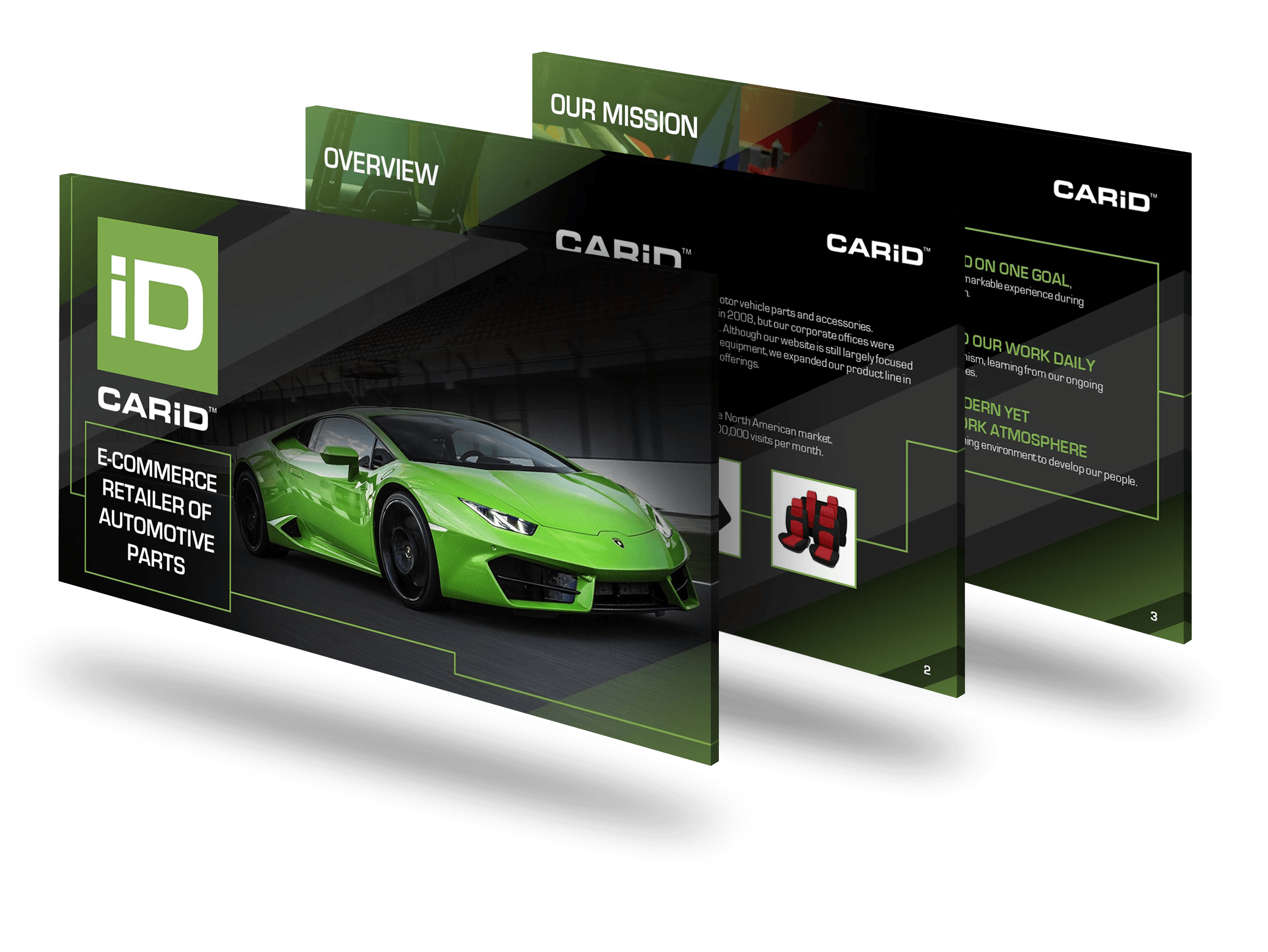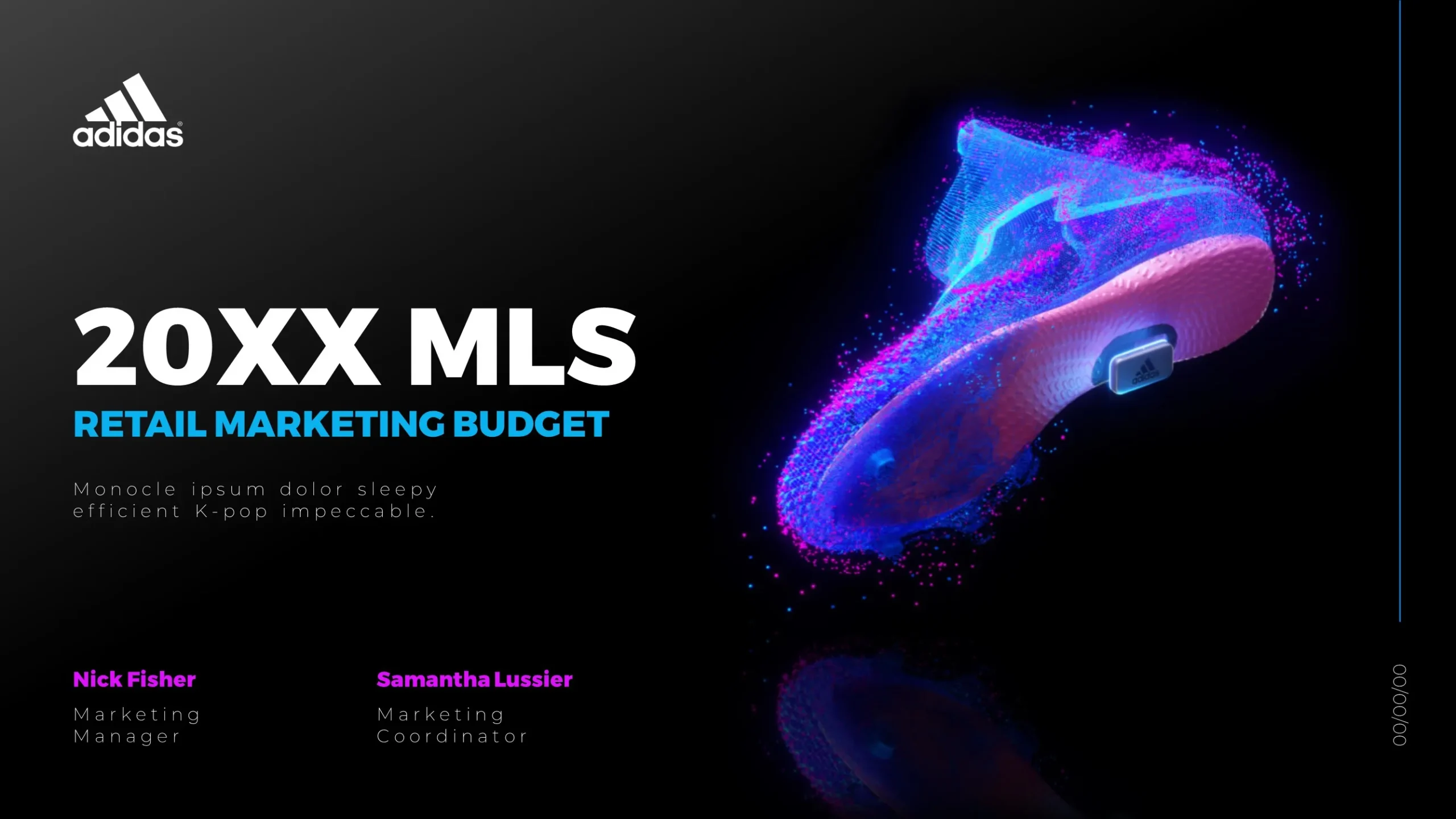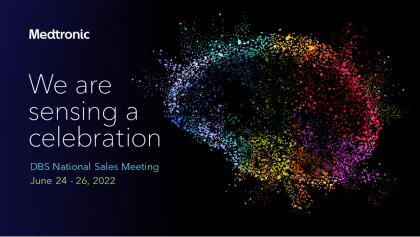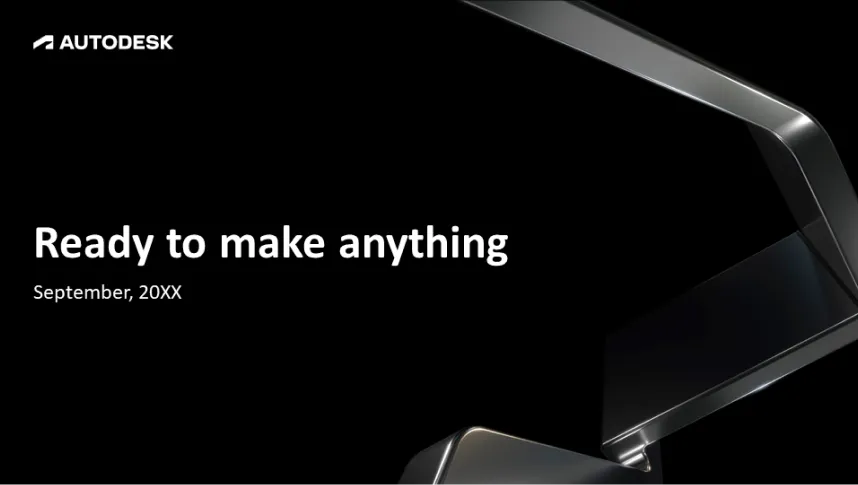When creating a slide deck for a service design presentation, it’s essential to include several key elements to ensure your message is clear, engaging, and persuasive. Here are the critical components to consider:
- Introduction and Agenda: Start with a brief introduction that outlines who you are and what the presentation will cover. An agenda slide helps set expectations and provides a roadmap for your audience.
- Problem Statement: Clearly define the problem or challenge that your service design aims to address. Use data and real-world examples to illustrate the significance of the issue.
- User Research and Insights: Present the findings from your user research. Highlight key insights, user personas, and any pain points discovered. This establishes a strong foundation for why your service design is necessary.
- Service Blueprint: Include a detailed service blueprint that maps out the entire service process. This should cover both front-stage (customer-facing) and back-stage (behind-the-scenes) activities, showing how they interconnect.
- Proposed Solution: Describe your proposed service design solution. Use visuals such as diagrams, flowcharts, and mockups to make your concept easy to understand. Explain how your solution addresses the identified problem and improves the user experience.
- Implementation Plan: Outline a clear implementation plan, including timelines, key milestones, and responsible parties. This demonstrates that your solution is actionable and well thought out.
- Benefits and ROI: Highlight the benefits of your service design, both qualitative and quantitative. Discuss potential return on investment (ROI) and how the solution will positively impact the organization and its customers.
- Case Studies or Examples: If possible, include case studies or examples of similar successful service designs. This adds credibility and shows that your approach has been effective in other contexts.
- Conclusion and Call to Action: Summarize the key points of your presentation and end with a strong conclusion. Provide a clear call to action, whether it’s seeking approval, funding, or further discussion.
- Q&A Slide: Prepare a slide for questions and answers to engage with your audience and address any concerns they might have.
By incorporating these elements, your slide deck will be comprehensive, persuasive, and professional, effectively communicating the value of your service design.
View Our Presentation Portfolio










